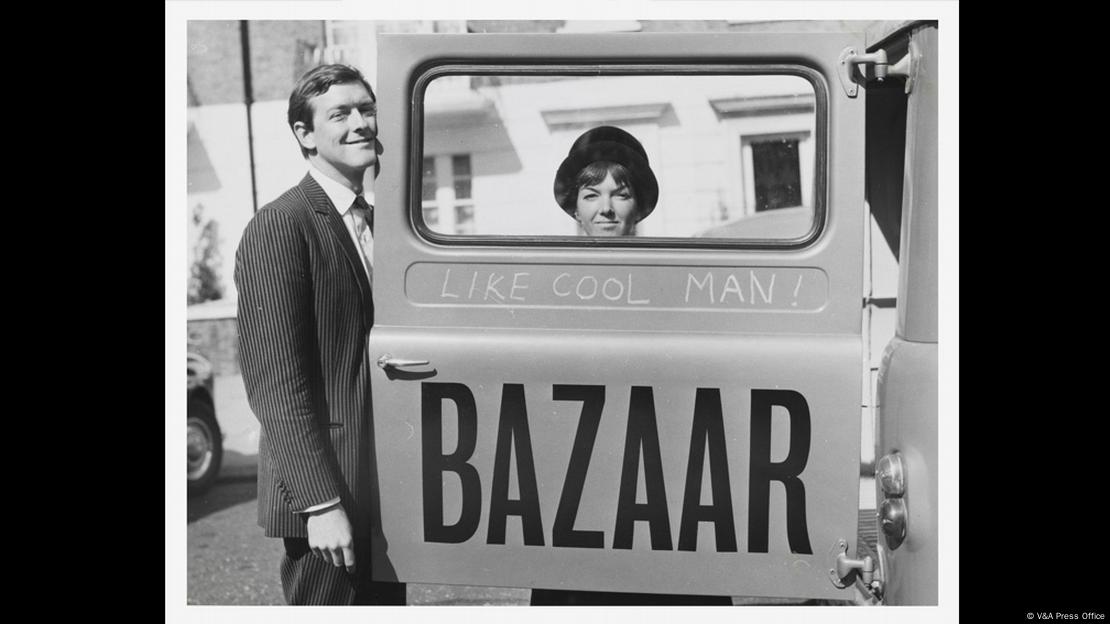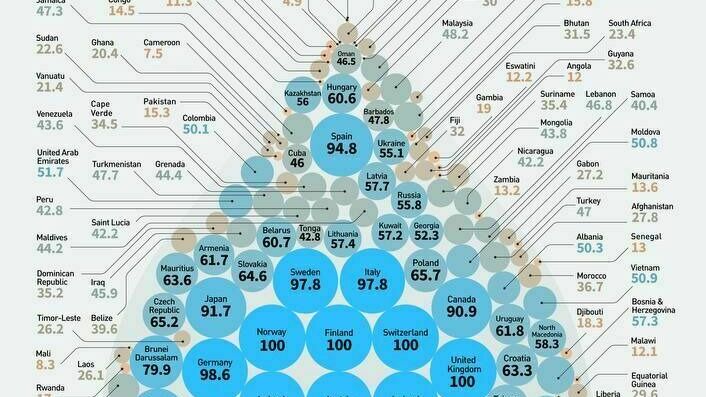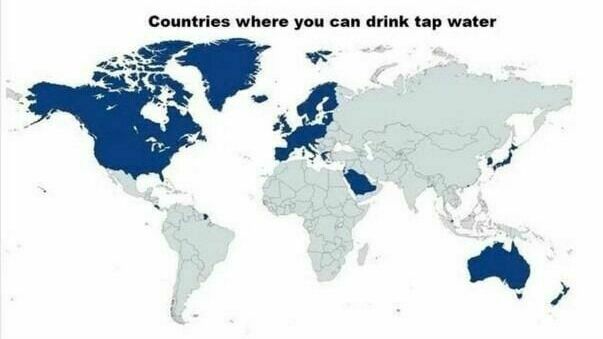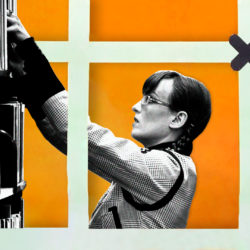By Dimsumdaily Hong Kong
Maxus
13th April 2023 – (London) Legacy automakers have struggled to keep pace with the growing demand for electric commercial vehicles (ECVs), allowing newer brands such as Maxus to gain a foothold in the market. Maxus, a brand under China’s SAIC Motor Corp, has been particularly successful in Europe, where it sold 18,000 mostly electric vehicles last year, including buses and pickup trucks. In 2022, Maxus held around 6% of Europe’s new ECV market, selling nearly 5,000 ECVs, more than Ford, Nissan or Fiat. Fleet customers complain they cannot obtain enough ECVs from established automakers such as Ford, Peugeot, Renault, and Mercedes, leading them to seek alternatives.
Last-mile delivery startup Packfleet, which uses only ECVs to deliver packages in London, saw a tenfold growth in 2022, with most of its 53-vehicle fleet made up of Maxus vans. Other brands looking to gain market share include Geely’s Farizon, B-ON’s StreetScooter, and General Motors’ BrightDrop.
According to experts, legacy automakers’ slow embrace of electric vehicles and supply chain challenges have hampered their efforts to electrify entire model lineups. As fleets shift towards zero-emission vehicles, newer brands like Maxus have an advantage. However, the electric van market faces supply chain challenges, with component shortages and high raw material costs impacting production.
Asda, the UK supermarket chain, has also opted for Maxus vans, and its Fleet Manager, Sean Clifton, has 50 additional Ford vans and 20 Maxus vans on order, but will need more soon as Asda electrifies its 1,300 delivery vans. While Clifton has expressed interest in electric Mercedes chassis cab vans, which were initially slated for 2022, they will not arrive until 2024.
Legacy automakers have prioritized big-volume passenger models over vans due to tight EV battery material supply. Steven Merkt, head of transportation solutions at major supplier TE Connectivity, believes that legacy automakers’ focus on big-volume passenger models reflects “existential questions” for these companies.
Ford’s U.K. head, Tim Slatter, has acknowledged that the company underestimated demand for its E Transit and is racing to catch up. Ford recently unveiled a new, smaller electric Courier van aimed at winning business customers in Europe.
While some electric startups, such as Arrival or Canoo, have struggled, Maxus, Farizon, and BrightDrop have deep-pocketed backers. BrightDrop CEO Travis Katz said scaling production is “incredibly challenging and expensive,” but the company is on track to hit an annual capacity target of 50,000 vehicles by 2025.
As the world shifts towards zero-emission vehicles, the electric van market is poised for growth. However, supply chain challenges must be overcome before the market can reach its full potential.
13th April 2023 – (London) Legacy automakers have struggled to keep pace with the growing demand for electric commercial vehicles (ECVs), allowing newer brands such as Maxus to gain a foothold in the market. Maxus, a brand under China’s SAIC Motor Corp, has been particularly successful in Europe, where it sold 18,000 mostly electric vehicles last year, including buses and pickup trucks. In 2022, Maxus held around 6% of Europe’s new ECV market, selling nearly 5,000 ECVs, more than Ford, Nissan or Fiat. Fleet customers complain they cannot obtain enough ECVs from established automakers such as Ford, Peugeot, Renault, and Mercedes, leading them to seek alternatives.
Last-mile delivery startup Packfleet, which uses only ECVs to deliver packages in London, saw a tenfold growth in 2022, with most of its 53-vehicle fleet made up of Maxus vans. Other brands looking to gain market share include Geely’s Farizon, B-ON’s StreetScooter, and General Motors’ BrightDrop.
According to experts, legacy automakers’ slow embrace of electric vehicles and supply chain challenges have hampered their efforts to electrify entire model lineups. As fleets shift towards zero-emission vehicles, newer brands like Maxus have an advantage. However, the electric van market faces supply chain challenges, with component shortages and high raw material costs impacting production.
Asda, the UK supermarket chain, has also opted for Maxus vans, and its Fleet Manager, Sean Clifton, has 50 additional Ford vans and 20 Maxus vans on order, but will need more soon as Asda electrifies its 1,300 delivery vans. While Clifton has expressed interest in electric Mercedes chassis cab vans, which were initially slated for 2022, they will not arrive until 2024.
Legacy automakers have prioritized big-volume passenger models over vans due to tight EV battery material supply. Steven Merkt, head of transportation solutions at major supplier TE Connectivity, believes that legacy automakers’ focus on big-volume passenger models reflects “existential questions” for these companies.
Ford’s U.K. head, Tim Slatter, has acknowledged that the company underestimated demand for its E Transit and is racing to catch up. Ford recently unveiled a new, smaller electric Courier van aimed at winning business customers in Europe.
While some electric startups, such as Arrival or Canoo, have struggled, Maxus, Farizon, and BrightDrop have deep-pocketed backers. BrightDrop CEO Travis Katz said scaling production is “incredibly challenging and expensive,” but the company is on track to hit an annual capacity target of 50,000 vehicles by 2025.
As the world shifts towards zero-emission vehicles, the electric van market is poised for growth. However, supply chain challenges must be overcome before the market can reach its full potential.
DOI: 10.1016/j.rai.2016.01.001
Open Access
ABSTRACT
Central and local governments in China are investing heavily in the development of Electric Vehicles. Businesses and governments all over the world are searching for technological innovations that reduce costs and increase usage of “environmentally friendly” vehicles. China became the largest car producer in 2009 and it is strongly investing in the manufacturing of electric vehicles. This paper examines the incentives provided by Chinese governments (national and local) and the strategies pursued by BYD, the largest Chinese EVs manufacturer. Specifically, our paper helps to show how government support in the form of subsidies combined with effective strategies implemented by BYD helps to explain why this emerging industry has expanded successfully in China. Our study is based on primary data, including interviews with company headquarters and Brazilian subsidiary managers, and secondary data.























